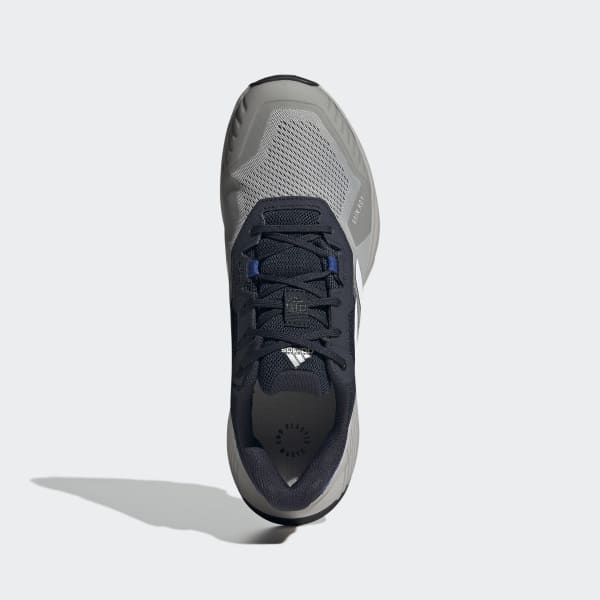

There are also rules outlawing pushing in the back making tackling more difficult.
#TWO KNEE SLIDE SOCCER FREE#
If a player has not had prior opportunity to dispose of the ball and a tackler knocks the ball free during a tackle then no free kick is paid and the game continues.Ī tackle must only contact below the shoulders and above the knees, and a player is able to be thrown to the ground, so long as the tackle is deemed not to be reckless or likely to cause injury. If the ball is knocked free by the tackler, pinned to the player by the tackler, or the player unsuccessfully attempts a kick or handball, a free kick will only be awarded if the ball carrier is deemed to have had a prior opportunity to dispose of the ball prior to being tackled. If this is not done, a holding the ball free kick will be awarded to the tackler. For this reason, the sport allows players to shepherd and bump their opponents within 5 metres of the ball, to protect the ball carrier.Ī tackled player must immediately dispose of the ball legally, by kicking or handballing, but not by throwing or dropping the ball. Players not in possession of the ball are not allowed to be tackled, and will receive a holding the man free kick if tackled.Īs there is no offside rule in Australian rules football, players can be tackled from any direction, and are often blindsided. In Australian rules football, the move commonly described as a "tackle" is similar to in rugby and involves wrapping, holding or wrestling a player who has possession of the ball to the ground. Western Bulldogs player Liam Picken tackling Jordan Lewis of Melbourne, who is attempting a handball " Diving" in association football involves tackled players exaggerating the physicality of tackles, so as to gain favourable decisions from the referee. This form of tackle carries a high risk of committing a foul. The most spectacular form of tackle in association football is the slide tackle, wherein a tackler slides, leg extended, along the ground, aiming to hit the ball away.
#TWO KNEE SLIDE SOCCER PROFESSIONAL#
Īdditionally, an illegal tackle which is also a professional foul is considered misconduct. Referees are encouraged to at the very least caution (yellow card) players who commit such challenges. A studs up tackle is made when a player lunges into a tackle with a leg or both legs outstretched exposing the soles of their boots. Tackling with studs up is considered dangerous. This explicitly includes "scissoring" (tackling with legs apart, so as to trap the opponent's leg or legs in between), which is likely to be punished with a sending-off (red card), as it poses a high risk of severe knee injury to the player being tackled. Tackles that involve lunging at an opponent with both legs, regardless of whether the ball is won, are generally considered to constitute serious foul play and hence result in a sending-off. If a foul tackle endangers the tackled player's safety, it is likely to be considered as "violent conduct" by the referee and punished with a red card (dismissal).Īlessandro Diamanti (22) slide tackles Steven Gerrard (4) at Euro 2012 In most cases these fouls are not considered misconducts, however yellow cards (cautions) may be delivered for more egregious fouls that constitute " unsporting behaviour". Such incidents are common, with dozens of occurrences in a typical match.


Illegal tackles are fouls and are punished with a direct free kick (or penalty if committed within the penalty area) for the opponent's team. Almost all tackles where the tackler's legs make contact with the opponent before the ball are considered illegal, and heavy contact after initially touching the ball may also be penalised. Pulling a player to the ground in the style of tackle common to other codes is completely absent from the game (this would be considered "serious foul play" and result in a dismissal).Īlthough some contact between players is allowed, the rules of association football significantly limit the physicality of tackles, explicitly forbidding contacts which are "careless, reckless or excessive force". A defender is permitted to use their body to obstruct the motion of a player with the ball, and this may be part of a successful tackle. This is achieved by using either leg to wrest possession from the opponent, or sliding in on the grass to knock the ball away. Unlike other codes, tackles in association football have to be predominantly directed against the ball rather than the player in possession of it.


 0 kommentar(er)
0 kommentar(er)
